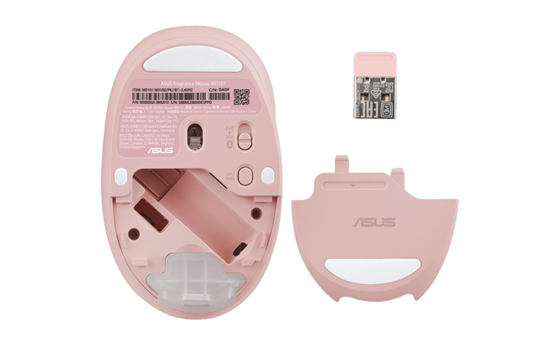Residents of private houses are often forced to deal with such issues, the existence of which residents of high -rise buildings do not even know. The most important of them is the abdication of effluents.
If there is no centralized sewage system to which could be connected, then it is necessary to equip a local treatment plant.
Several options for drainage are possible:
Natural cleaning with soil filtration.
Artificial cleaning through special structures.
The choice of one or another method depends on factors such as the level of groundwater, soil type, the location of buildings and the slope of the site, the terrain and other points.
Natural cleaning
For natural cleaning, the drain is directed into septic tanks, where organic substances decompose, heavy compounds fall into the precipitate, and the clarified water is supplied for filtration in soil structures.
Septic tanks can differ in size and design. They can be one-, two-or three-chamber. In order not to confuse septic tanks with other devices of drainage cleaning, it is generally accepted that wastewater at the exit of the septic tank does not require disinfection, but need only ground (or other) cleaning.
As a septic tank, you can use any capacity. Typically, these are cylindrical drives made of thick polyethylene, the cost of which is proportional to the volume. If desired, you can make a septic tank yourself. To do this, several concrete rings are laid on one another, the bottom is concreted, the seams are sealed with mastic.
For a two -chamber septic tank, a container is additionally mounted, where the process of fermentation is enhanced using anaerobic bacteria. After such decomposition, water enters the cleaning system into the soil filtration system. The preliminary decomposition of effluents in the second chamber (metang) helps to extend the service life of the soil filtration system by 20%, since in this case it is much less sip.
In three -chamber septic tanks, a container with an active biofilter is used: mushroom, silt, etc. p., in which microorganisms are so thoroughly cleaned by water that it can be moved without additional cleaning to the water well, and then use it for technical purposes.
Artificial cleaning
In such systems, all the above tanks are added to all of the above containers, where air is forcibly supplied, accelerating the process of oxidation and decomposition. A high degree of cleaning (up to 98%) allows immediately at the output without additional cleanings to receive water suitable for use for technical purposes.
In addition to high efficiency, such treatment facilities are quite compact, since they do not require additional soil filtration systems that occupy large areas. To familiarize yourself with biological drainage, follow the link to the seller’s website.
The disadvantages of these systems include the complexity of maintenance (due to the availability of complex mechanisms) and the need for continuous power supply. Disconnecting electricity for 1-2 days significantly worsens the quality of drainage cleaning, but does not stop the process.
By automating such systems, it is possible to achieve optimal operating modes of mechanisms, simplify the diagnosis of problems.
Ground filtering
When choosing a soil filtration system, it is necessary to determine the level of groundwater and the filtration capacity of the soil. It is better to do this in the spring, turning for help to specialists – hydrogeologists.
With satisfactory characteristics of soils and water level, you can build a filter well or filtration fields (depending on the volume of effluents). If soils are poorly filtered by water, she will need additional disinfection. For this, water is taken into a separate compartment with a disinfection (for example, chlorine lime), after which they are already used for technical purposes.


